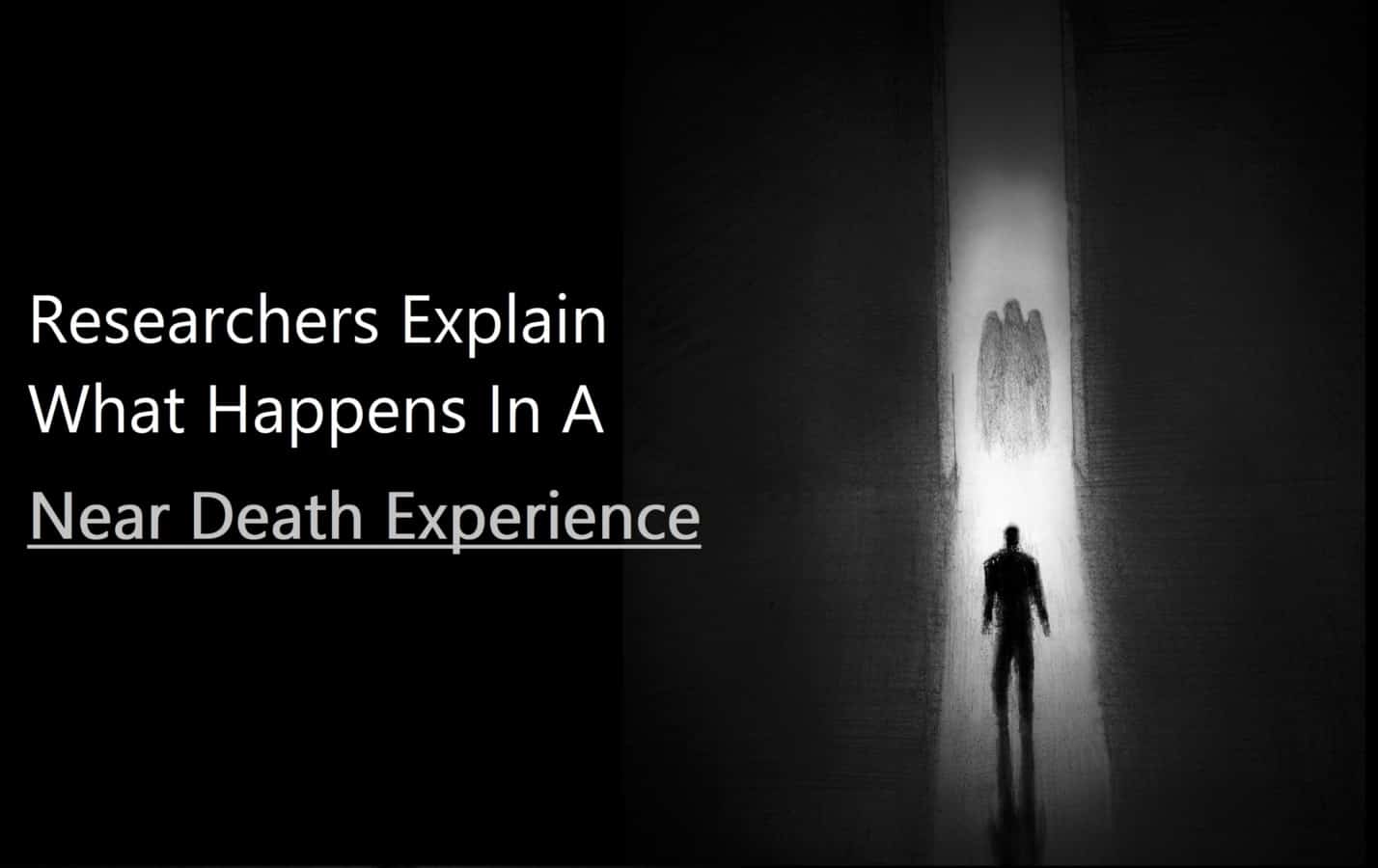“The recalled experience surrounding death merits a genuine investigation without prejudice.” ~ Sam Parnia, Ph.D., Assistant professor of Medicine at Stony Brook University
“What happens after we die?”
Humans have been pondering this question for tens of thousands of years.
Some propose they know what happens after we die; some say they have no clue; still, another group thinks once we take our last breath, that’s all she wrote.
Does anyone truly know what happens after we die? Well, we’re certainly not going to stir that pot.
Instead, we’ll use the most objective measure possible, scientific experimentation, to provide some semblance of an answer.
There’s just one problem…
Science isn’t perfect.
There’s no doubting that scientists are brilliant people – but they’re just people. If there’s one thing on which most individuals will agree is that there’s some spiritual element of being human.
The beauty of nature, the wonder of a child, the miracle of our existence … all of these things cannot be measured by the scientific method. The vast power and intelligence of the Universe have trumped man’s attempt to define it more times than not.
But we have made some progress, as this study will demonstrate.
Researchers Reveal What Happens In A Life After Death Event
The ‘AWARE’ study
Dr. Sam Parnia, a medical doctor, and professor at Stony Brook University is conducting a study considered the first of it’s kind. The AWARE study (“AWAreness during REsuscitation”) seeks to understand the near-death experience (NDE) and the mind-body connection by interacting with patients whose organs failed.
Parnia and his team focused on patients who experienced cardiac arrest leading to organ failure, fulfilling the technical definition of death.
The study, published in the journal Resuscitation, spans four years, 15 hospitals, three countries, and 2,060 patients. Of the over 2,000 people Parnia’s team tracked, 330 survived. 140 were willing to give their account of what they experienced.
The average of the 140 people interviewed was 64 and ranged from 21 to 94. Two-thirds were male, one-third female.
Not all “sunshine and rainbows” or “doom and gloom”
We commonly hear about NDEs in which the person testifies to experiencing majestic things like bright lights, family, animals, and angels, or the complete opposite – ‘hell,’ fire, bad spirits, and so forth.
Well, Parnia’s findings told a different story. 61 percent didn’t remember anything, while just 55 people claimed they did.
Of the 55 individuals who remembered, the most common theme involved feelings of fear. 22 percent reported feeling “peace of pleasantness”; 13 percent felt separated from their body; 9 percent had feelings of joy; 8 percent saw a “mystical being”; and 5 percent witnessed past events in their life.
A few outliers
Of the 55 people with some ability to recall what happened, just seven claimed “detailed memories.”
One individual – a 57-year-old male social worker – was able to recollect and depict the “scene” around him while unconscious. The man mentioned, in detail, the medical equipment, staff, and even the machine used in attempts to resuscitate his body.
Dr. Parnia was able to deduce the amount of time the man was “conscious while unconscious” – about three minutes. Under normal circumstances, the brain stops functioning approximately 30 seconds after heart failure.
Parnia points to this man, and other “outliers,” as potential evidence for a phase, however brief, between life and death.
Reconsidering death
Dr. Parnia, who continues to face a backlash among his colleagues, posits that death is a “potentially reversible process.” Parnia’s proposition is in stark contrast to majority scientific consensus, in which death is a defined as a given moment – an exact time that ends all biological functions of a person, and the end of life.
Parnia isn’t alone
“If you imagine that there is life, and then a borderline, and then there’s death, I think that what we’re going to learn is now a space in between,” says Lance Becker, a prominent hypothermia researcher at the University of Pennsylvania.
That’s right. Hypothermia. The condition wherein one’s body temperature drops to a (usually) fatal level.
The induction of extreme cold, while it may cause death, can also save life. Our body’s two primary organs, the brain and heart, require minimal amounts of oxygen in a hypothermic state. Further, cellular breakdown all but ceases.
It’s also a state, cryogenic preservation, that a small number of people voluntarily enter into after death. The whole “after death” thing is the biggest problem.
As Judith Shulevitz (somewhat crudely) writes in the New Republic: “People who buy and sell cryonic services traffic in magical thinking, not science. In all probability, cryonically pickled brains have already turned to mush.”
However, the freezing of living organisms to be resuscitated at a later date has already been achieved. Many scientists believe that once they’re successfully able to manipulate the genome to decelerate metabolism (an essential component of extending life), human beings may just inch a bit closer towards “immortality.”
There may be a “line” between life and death after all.

















